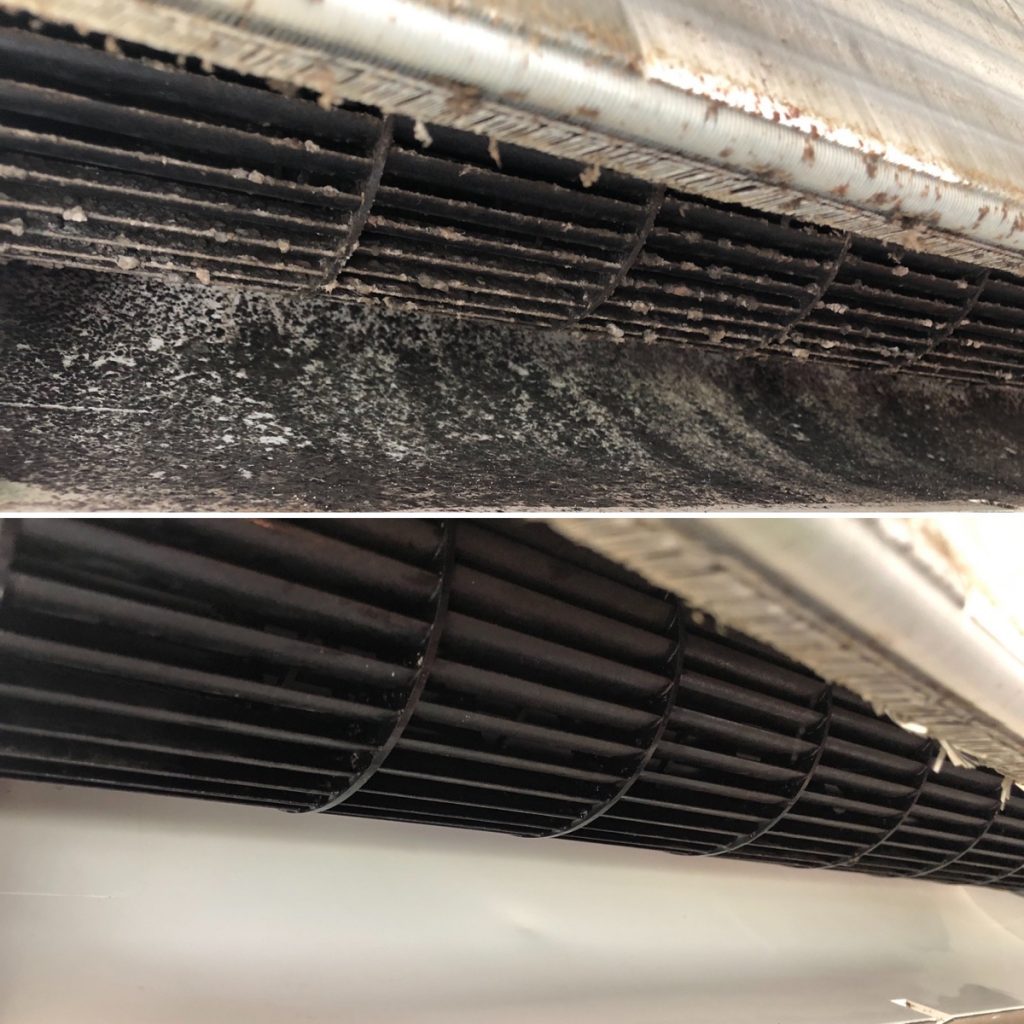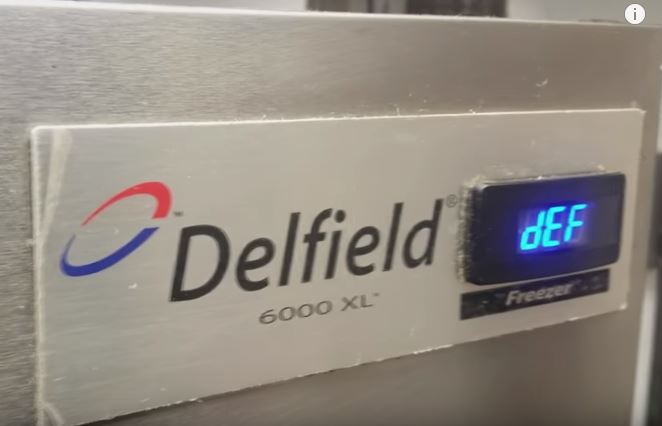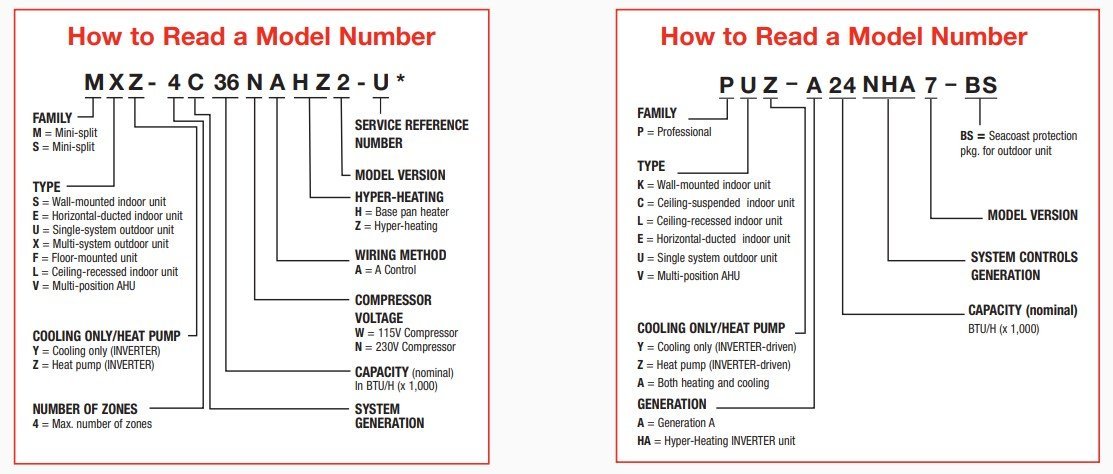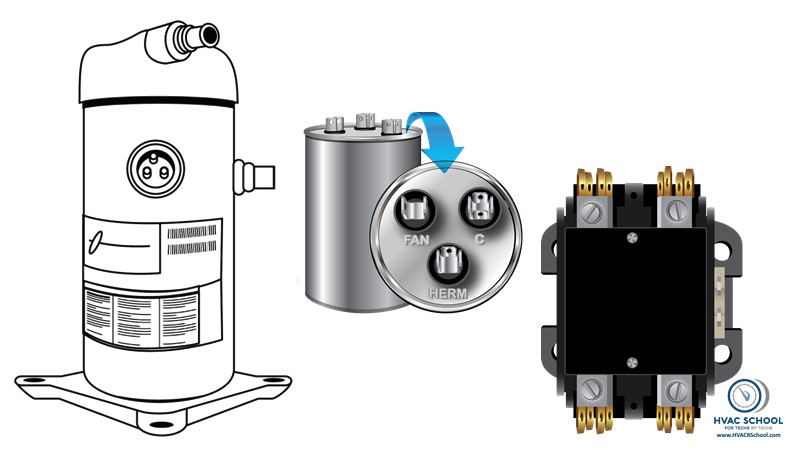Get Tech Tips
Subscribe to free tech tips.
Maintenance During Major Repairs

Every contractor is different. I get that.
We don't all need to do everything the same way or include the same services with repairs, but there are some “best practices” that can save you a lot of heartache before, during, and after you make a big repair.
Catch it During Diagnosis
Let's say you find a failed, shorted compressor on a 7-year-old system that still has manufacturer parts coverage. If you simply quote the compressor and leave, you may be missing many other maintenance-related issues that can affect operation once the compressor is replaced. A shortlist of items to check would be:
- Look at the accumulator for signs of corrosion.
- Perform an acid test to see if a burnout protocol should be employed. (Read more about burnouts HERE.)
- Check the air filter.
- Inspect the condenser coil's cleanliness.
- Look at the underside of the evaporator coil.
- Perform a static pressure test on the system to check for duct issues. (Read more about static pressure HERE.)
- Check the crankcase heater (if it has one). (Read more about crankcase heaters HERE.)
- Inspect the contactor.
- Check condenser fan and blower motor amps.
- Test all capacitors. (Here's an easy way to test capacitors.)
- Visually inspect wires and cap tubes.
- Check high-voltage electrical connections.
And this is just for cooling side issues. If the system is a fuel-burning appliance, you will inspect every part of the furnace operation.
- Venting
- Condensate drainage
- Burners
- Flame proving
- Safeties
And much more…
Testing all of these things is commonplace AFTER a repair. Still, it makes so much more sense to do it beforehand so that you can either charge appropriately for any of these items that need to be addressed or let the customer know you are including those items to differentiate you from the competition.
Things to Do Along With Major Repairs
There are a few things you need to do during major air conditioning or refrigeration repairs because they just make good sense to prevent callbacks. You can include them in the price or not, but either way, it will save you more than it costs to do it.
- Visually inspect the entire system for wiring damage, poor connections, excessive corrosion and refrigerant oil
- Clean the drain line and condensate pan. (Seriously, do this. Here's a guide.)
- Wash the condenser coil
- Clean the blower wheel if it is dirty. (Even if you've heard otherwise, you should still clean it if it's dirty.)
- Change the air filter
- Test all modes of operation
- Ensure system airflow is correct (at minimum look at blower settings and static pressure)
- Measure compressor and evaporator superheat
- Measure subcooling and ensure a proper refigerant charge
Do these things along with all the standard tests you perform to ensure that you have no issues and that whatever caused the fault in the system has been rectified. Being thorough will save you a lot of problems. When the customer spends a lot of money getting a system fixed, they don't want to turn around and have it fail for an “unrelated” reason.
While this list is clearly tailored to the residential and light commercial air conditioning market, every piece of equipment has its common maintenance items. So, what do you do whenever you make a major repair?
—Bryan










Comments
Good list but should be done on every call not just major repairs.
Gas furnace
•Check/clean drain lines & trap
•Inspect intake/exhaust for proper slope & termination, blockage
•Clean flame sensor
•Ohm out ignitor
•Check/clean blower, filter, evap coil, & if suspected to possibly be dirty secondary heat exchanger
•Temperature rise & if needed manifold pressure & duct static pressure
•Inspect heat exchanger
•Teat high limit
Good list but should be done on every call not just major repairs.
Gas furnace
•Check/clean drain lines & trap
•Inspect intake/exhaust for proper slope & termination, blockage
•Clean flame sensor
•Ohm out ignitor
•Check/clean blower, filter, evap coil, & if suspected to possibly be dirty secondary heat exchanger
•Temperature rise & if needed manifold pressure & duct static pressure
•Inspect heat exchanger
•Teat high limit
mail order prescription drugs from canada
mail order prescription drugs from canada
pharmacy cost comparison
pharmacy cost comparison
best price prescription drugs
best price prescription drugs
pharmacy world
pharmacy world
online prescriptions without a doctor
online prescriptions without a doctor
buying prescription drugs canada
buying prescription drugs canada
cost prescription drugs
cost prescription drugs
prescription drug assistance
prescription drug assistance
pharmacie en ligne: Pharmacies en ligne certifiees – acheter mГ©dicament en ligne sans ordonnance pharmafst.com
pharmacie en ligne: Pharmacies en ligne certifiees – acheter mГ©dicament en ligne sans ordonnance pharmafst.com
Kamagra pharmacie en ligne Achetez vos kamagra medicaments or kamagra livraison 24h
https://toolbarqueries.google.mw/url?q=http://kamagraprix.com Acheter Kamagra site fiable
[url=https://www.google.com.uy/url?q=https://kamagraprix.com]kamagra en ligne[/url] Achetez vos kamagra medicaments and [url=https://17lubbs.com/space-uid-66617.html]kamagra 100mg prix[/url] kamagra pas cher
Kamagra pharmacie en ligne Achetez vos kamagra medicaments or kamagra livraison 24h
https://toolbarqueries.google.mw/url?q=http://kamagraprix.com Acheter Kamagra site fiable
[url=https://www.google.com.uy/url?q=https://kamagraprix.com]kamagra en ligne[/url] Achetez vos kamagra medicaments and [url=https://17lubbs.com/space-uid-66617.html]kamagra 100mg prix[/url] kamagra pas cher
https://kamagraprix.com/# Kamagra Commander maintenant
https://kamagraprix.com/# Kamagra Commander maintenant
pharmacie en ligne avec ordonnance: pharmacie en ligne sans ordonnance – pharmacie en ligne fiable pharmafst.com
pharmacie en ligne avec ordonnance: pharmacie en ligne sans ordonnance – pharmacie en ligne fiable pharmafst.com
https://kamagraprix.com/# kamagra 100mg prix
https://kamagraprix.com/# kamagra 100mg prix
casino olympe: casino olympe – casino olympe
casino olympe: casino olympe – casino olympe
Great point. In your example if we do a compressor, we have codes in our system that tells to replace the : Dryer, contactor and capacitor. even if they are in good shape. A compressor is too expensive to have it fasil in a week or a month. $40 in extra parts ensures you will have a compressor that stays working.
Great point. In your example if we do a compressor, we have codes in our system that tells to replace the : Dryer, contactor and capacitor. even if they are in good shape. A compressor is too expensive to have it fasil in a week or a month. $40 in extra parts ensures you will have a compressor that stays working.
Treat your service calls like tune ups and treat your tune ups like service calls
Treat your service calls like tune ups and treat your tune ups like service calls
Thanks for the reminder that overheating is actually one of the common problems that air conditioners have at some point. I plan to get air conditioning repairs for that soon. It seems that mine has been guzzling a lot more electricity nowadays.
https://www.winstonsheetmetalandhvac.com/
Thanks for the reminder that overheating is actually one of the common problems that air conditioners have at some point. I plan to get air conditioning repairs for that soon. It seems that mine has been guzzling a lot more electricity nowadays.
https://www.winstonsheetmetalandhvac.com/
Kamagra Oral Jelly pas cher [url=https://kamagraprix.com/#]Kamagra pharmacie en ligne[/url] kamagra en ligne
Kamagra Oral Jelly pas cher [url=https://kamagraprix.com/#]Kamagra pharmacie en ligne[/url] kamagra en ligne
To leave a comment, you need to log in.
Log In